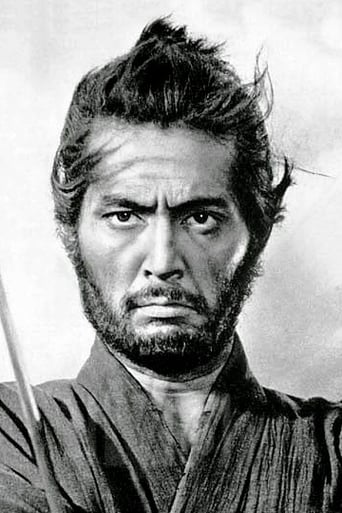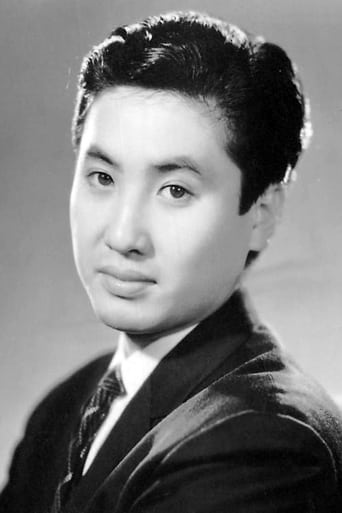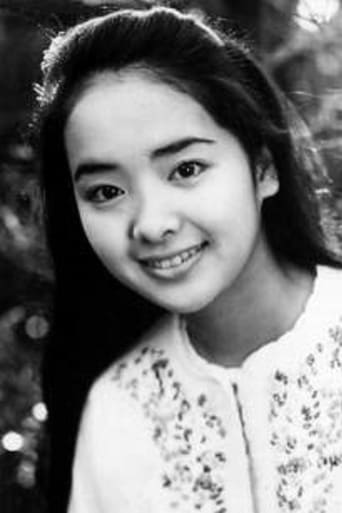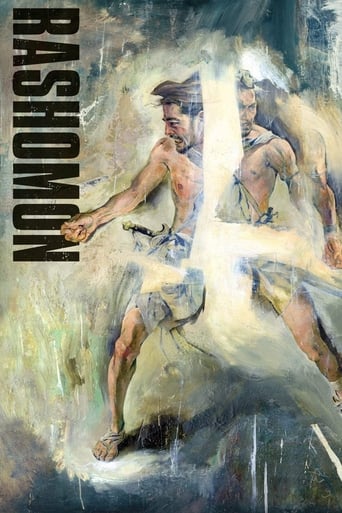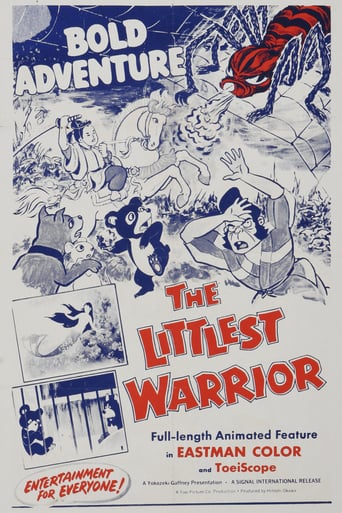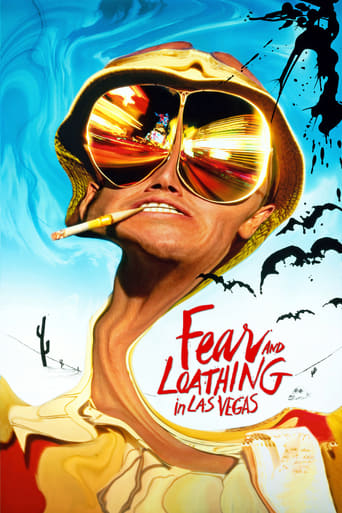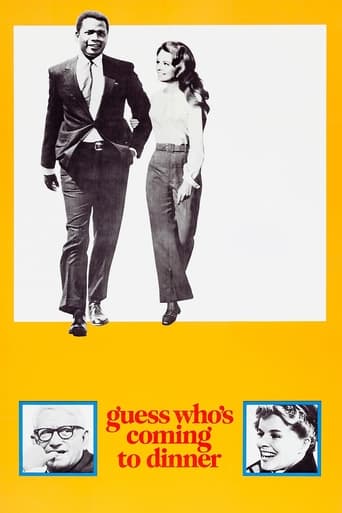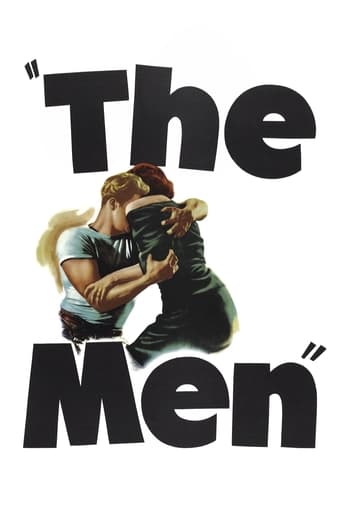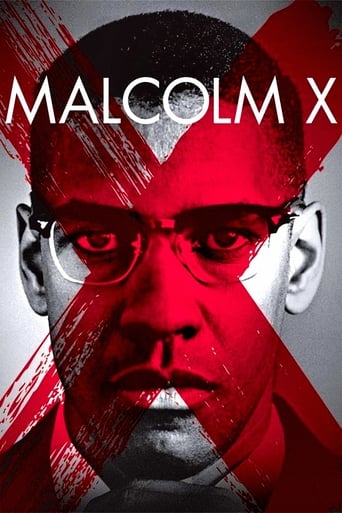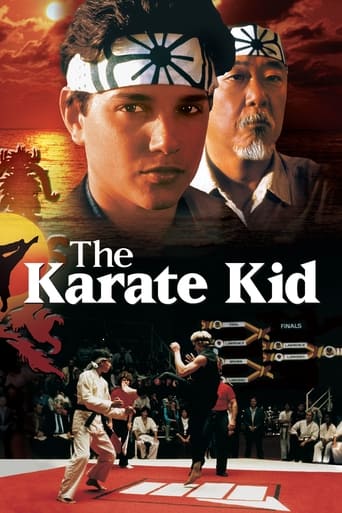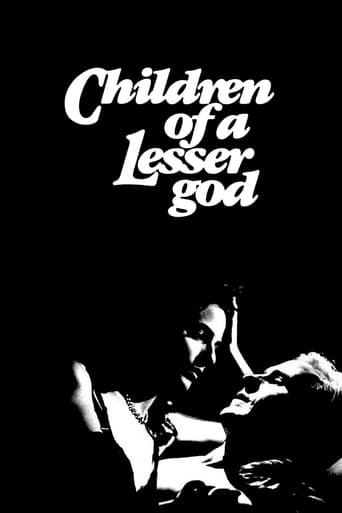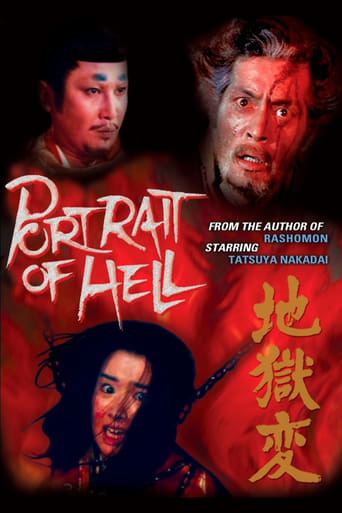

Portrait of Hell (1969)
The story, set in the Heian era, depicts the conflict between Korean painter Yoshihide (Nakadai) and his Japanese patron, the cruel and egotistical daimyo Horikawa (Nakamura). It is based on the 1918 short story Hell Screen by Ryūnosuke Akutagawa.
Watch Trailer
Cast


Similar titles
Reviews
I stumbled upon this film in my search for more films in the Kwaidan genre. The DVD quality was OK but after viewing the film, I kind of understand why it was not more popular as a film, although it also came from the same time period when ghost stories - Kwaidan, Strange Tales from the Four Valleys - basically introduced me to the joy of Japanese cinema in my younger years.It is nutshell, it was a slow and tedious film without a character that you would care about. Well, perhaps except the daughter of the protagonist, played by Tatsuya Nakadai. He was one of my favourite Japanese actor from the past and his acting here was fairly solid. Still, it did not compensate enough for the pace and dullness of the story line.Perhaps this story is more suited for a stage play. For cinema, much is lacking to make the film engaging to its audience.
No one does 'descent into madness and despair' better than Tatsuya Nakadai. And when it comes to theatrical lighting, expansive settings, and slow-fi supernatural poetics, no one does them better than the Japanese, who had the benefit of a few centuries of kabuki experience before Mario Bava and Roger Corman got there with their cobwebs and color filters. All the elements are in place then and Shiro Toyoda delivers with utmost impunity. In part a not-so-distant cousin of the kaidan genre of spooky ghost stories that proliferated all through the first half of the 60's in Japan, complete with deformed ghostly apparitions that come and go as they please, yet also a bit of a prestige film that can afford beauty for beauty's sake without having to cram plot points in the short running time of a second-bill film, this reflected in the stars of the film (Tatsuya Nakadai and Kinnosuke Nakamura) and the lush sets Toho Studios put in Toyoda's disposal, the vivid colors and accomplished camera-work that suggest a director more talented than his nonexistent reputation in the West implies, all these elements coming together to create a dramatically unsubtle, not really horrifying but tragic and macabre, parable on the unyielding monomania of a perfectionist. A Korean painter is summoned by his Japanese lord to paint a portrait of Buddhist heaven. The Japanese lord becomes smitten by the painter's daughter and takes her for his concubine. The Korean painter pleads for his daughter, this coming across as more the whim of a possessive father than genuine love. Finally he settles for painting a portrait of hell. You just know Tatsuya Nakadai's face is gonna be a mask of utter despair and torment by the end and it's worth the ride getting there because the conclusion is truly ferocious.
Let me start off by saying I love Japanese cinema, literature and culture generally. I've seen many Japanese movies and enjoyed them, but "Portrait of Hell" (aka Jigokuhen) makes itself ridiculous. The two characters who dominate the action -- the "evil lord" in his privileged bubble and the "stubborn, crazy artist" are pure types with zero subtlety or nuance, and all their actions emanate from cartoonish extremes. The film wants to show horrible scenes of violence and raw emotion but many of these scenes are so over the top they actually become laughable and the overall feeling is that of a made-for-TV movie that went off the rails. If this rarely screened movie falls in your hands or comes to your town, spare yourself and give it a pass.
Though I've seen most of his older stuff, my current impression of Tatsuya Nakadai derives from "Ran," "Kagemusha," and an appearance at Berkeley's PFA. At the latter, he appeared, as Japanese can, stiffly polite, a bit broader of chest than I would have expected, though age brings that, and at least, I think, average height, in an immaculate gray suit. His fluidity of movement in the 1969 "Jigokuhen" startles me even against the early samurai roles. While Kinnosuke Nakamura, playing Lord Hosokawa, embodies in every movement the calm attached to his character's status, Nakadai's never still. Nakamura looms, of course in court, but no less so crouched over Yoshihide's daughter or alone, pacing. Nakadai leans, bobs, treads air, seldom or never freezes. Even in the presence of court women, of anyone but his daughter or her suitor, he seems always the shortest person on screen. Think of Jean-Louis Barrault in Jean Renoir's Jeckle/Hyde film "Le Testament du Docteur Cordelier." As the doctor, Barrault's his true height. As Opale (Hyde) he's a foot shorter. The transformation happens before your eyes, with no special effect, and is absolutely believable. Nakadai here rivals that feat.If "Jigokuhen" were a better film than I think it probably is, I'd elaborate the irony of the Yoshihide's groveling against the Lord's serenity. More startling though, is Yoshihide's lack of humor, against the Lord's embodiment of it. Indeed Lord Hosokawa's the only one in the film to joke, and keeps trying nearly to the end. Yet another case- Milton's Satan certainly wasn't the first-of the bad guy getting most the good lines.


